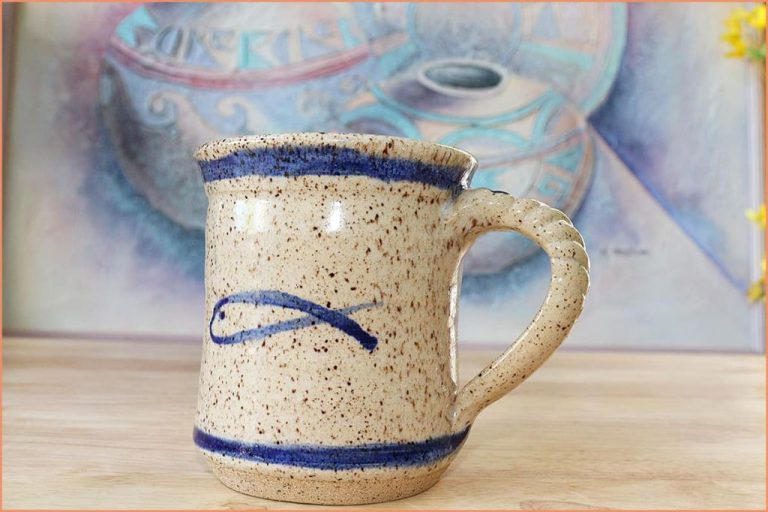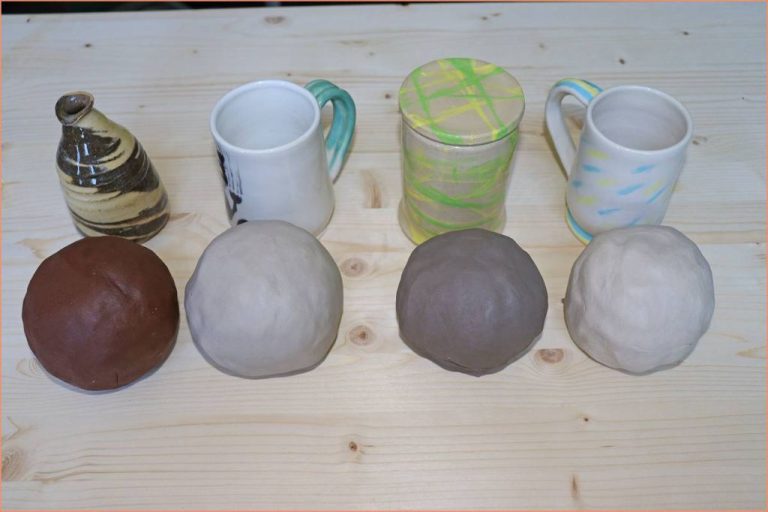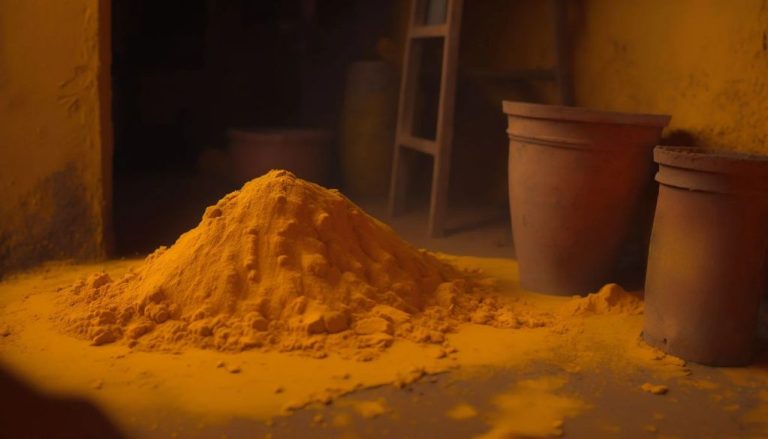What Does Satin White Mean?
The phrase ‘satin white’ refers to a type of interior paint finish with a mid-range level of gloss, or sheen. Satin white paint has more sheen than matte or flat paints, but less than high-gloss paints. It is a popular choice for walls and ceilings in both residential and commercial spaces.
The history of satin white paint dates back to the early 20th century, when paint manufacturers developed new synthetic resins and oils that allowed for paints with various gloss levels. Satin emerged as a finish between flat and semi-gloss. It provided some of the elegance of glossy finishes but was not as reflective and shiny. The history of paint and the birth of DIY.
Today, satin white continues to be valued for its soft, subtle sheen and its ability to hide imperfections. It is easy to clean and stands up well to washing. Satin white provides a classic, sophisticated look and adapts well to many decor styles. It is commonly used in living rooms, bedrooms, hallways, and other living spaces in homes and businesses.
Origins and Early Use
Satin white paint first became commercially available in the 1920s. According to The History of Paint and the Birth of DIY, satin white paint was one of the new paint formulations that emerged in the early 20th century as paint manufacturing advanced.
Originally, satin white paint was made using zinc oxide as the primary pigment. This gave it a bright, clean white appearance. In interior design, satin white paint was initially used as a versatile neutral backdrop in rooms like kitchens, bathrooms, and hallways. The subtle sheen provided a touch of luminosity without being too glossy. Satin white paint was appreciated for its ability to reflect light well compared to flat paints, while still minimizing imperfections in the wall surface.
Composition and Manufacturing
Satin white paint is composed of pigments, binders, solvents, and additives. The main ingredients include:
- Titanium dioxide – This is the key pigment that gives paint its white color and hiding power.
- Acrylic resins – These binders allow the paint to adhere to surfaces and provide durability.
- Water – The main solvent in satin white is water, making it water-based.
- Fillers – These additives help improve the texture and application properties.
Satin white interior paint is manufactured through a process of mixing the ingredients together in precise proportions. The pigments and fillers are dispersed in the water, then the acrylic binders are added. The paint is then homogenized to ensure proper blending. Additives like surfactants and thickening agents are included to produce the desired mid-sheen satin finish and optimized viscosity for application.
The manufacturing process results in a durable, versatile water-based paint that can be used on walls, trim, doors, and cabinets. The satin white finish provides a soft glow that is elegant and understated.
Properties and Characteristics

Satin white has a mid-sheen level. It’s not completely matte but also not very shiny or glossy. It has a velvety appearance and smooth finish that reflects some light. Satin white is considered a “medium lustre” paint finish (http://www.4mark.net/search/what-is-satin-white-paint).
Satin white paint is fairly durable and washable compared to flat paints. It can stand up to occasional wiping and light scrubbing. However, it’s not as scrubbable as higher-sheen semigloss or gloss paints. Satin resists stains better than flat paint but not as well as glossier sheens (http://www.4mark.net/search/what-does-satin-white-paint-look-like).
Satin white provides better coverage than flat paints, hiding surface imperfections with fewer coats. It’s a good choice when you want more coverage than flat but less shine than semigloss or gloss. Satin is popular for walls and woodwork.
Advantages and Benefits
Satin paint has many benefits that make it a popular choice for DIY home projects as well as professional painters alike. Some of the main advantages of satin paint include:
Reflective without being too glossy: Satin paint offers a gentle glow of sheen that reflects light softly off the walls. It provides some of the shine that makes high-gloss paint reflective, but with a lower-luster satin finish that isn’t overpowering in a space.
Durable and scrubbable finish: The soft gloss of satin paint makes it more resistant to grime, moisture, and dirt compared to flat paints. It’s easy to clean repeatedly without damaging the finish. Walls painted in satin can stand up well to busy family life.
Provides good coverage: Satin paints contain more binders than flat paint, so they adhere better to surfaces and often provide better opacity in fewer coats. The sheen helps mask imperfections in aging or damaged drywall.
Limitations and Considerations
Satin paint has some limitations to be aware of compared to flat and gloss paints:
Satin paint shows imperfections in the surface more than flat paints. The soft sheen will highlight any dents, cracks, or flaws that a flat paint would help conceal. Prepping the surface is important to minimize visible defects (https://pizzazzpainting.com/blog/matte-vs-satin-vs-gloss-paint-which-is-the-best-for-you/).
Satin paint is also less reflective than gloss paints. While it has some shine, satin does not have the high gloss of semi-gloss or high-gloss paints. If you want more light reflection, a glossier paint would be better suited (https://www.angi.com/articles/satin-paint.htm).
Finally, satin paint often requires two coats to achieve full coverage and an even appearance. The soft sheen requires enough paint build for the best look. Going with a single coat can result in uneven shading or allow some surfaces to show through (https://buddypress.org/support/topic/the-pros-and-cons-of-different-types-of-paint-finishes/).
Best Uses
Satin white paint is an ideal choice for many interior surfaces where you want a clean, bright, reflective sheen. Here are some of the top uses for satin white paint:
Walls: Satin white is one of the most popular choices for interior walls. It provides a subtle glow while still hiding imperfections well. The easy-clean finish makes it perfect for high-traffic areas prone to dirt, smudges, and grime.
Trim: White trim with a satin finish frames windows and doors beautifully. The sheen makes the trim really stand out without being overly glossy. Satin white trim is elegant but understated.
Cabinets: Kitchen and bathroom cabinets frequently get splashed and require frequent cleaning. Satin white paint provides a smooth, scrubbable surface that allows you to easily wipe away food stains, dirt, and grime.
Satin white paint works wonderfully in kitchens, bathrooms, hallways, and any space where cleanability is important. The subtle sheen bounces light around and makes the room feel bright and welcoming.
Paint Brand Options
Some of the top paint brands that offer satin white paint include:
Behr: Behr is one of the most popular and affordable brands carried at home improvement stores. They offer a Bright White satin paint that provides great coverage and has a low odor. It’s easy to apply and dries to a smooth, pearl-like sheen.
Benjamin Moore: Benjamin Moore is known for premium quality paints in any color imaginable. Their Decorator’s White is a popular satin white with a warm, ever-so-slightly creamy hue. It flows and spreads beautifully with minimal drips or spatters.
Sherwin-Williams: Sherwin-Williams is trusted by painting professionals for their high-quality paints. Their Extra White satin has excellent hide and a bright, clean appearance. It levels nicely without showing brush marks.
PPG: PPG manufactures many professional-grade paints, including their Diamond interior line. Their Simply White satin enamel provides great durability and hide while giving a smooth, luminous sheen.
Valspar: At Lowe’s, Valspar offers an excellent satin white like their Reserve Bright White. It has great coverage, an ultra-smooth surface, and resists yellowing over time.
Prices
Satin white paint can range in price from about $20 to $70 per gallon depending on the brand.
Some of the factors that affect the price of satin white paint include:
- Brand – Premium brands like Benjamin Moore and Sherwin Williams tend to cost more than basic brands like Glidden or Valspar.
- Quality – Higher quality paints with more pigments and better coverage will be priced higher.
- Sheen level – Satin finishes are generally more expensive than flat or matte finishes but cheaper than glossy finishes.
- Quantity/volume discounts – Buying paint in 5 gallon buckets is cheaper per gallon than buying quarts or gallons.
- Store/retailer – Paint prices can vary between big box stores, independent dealers, and paint specialty stores.
Overall, expect to pay around $30-50 per gallon for good quality satin white interior paint from a premium brand.
Conclusion
In summary, satin white paint is a versatile mid-sheen finish that provides a subtle glow while hiding minor imperfections. It offers the benefits of easy wipe-cleaning and durability like a semi-gloss, but with a gentler reflectivity. Satin white is ideal for living spaces where you want a refined, classic look. Its soft luminosity brightens up walls without being overly shiny. Compared to flat paints, satin resists stains better and its smooth texture makes spot-cleaning simple. The rich, even sheen also makes satin white an excellent choice for jobs like cabinets and trim that need sturdiness. Ultimately, satin white’s versatility and clean, bright finish make it a timeless, quality choice for residential spaces seeking a touch of understated elegance.



